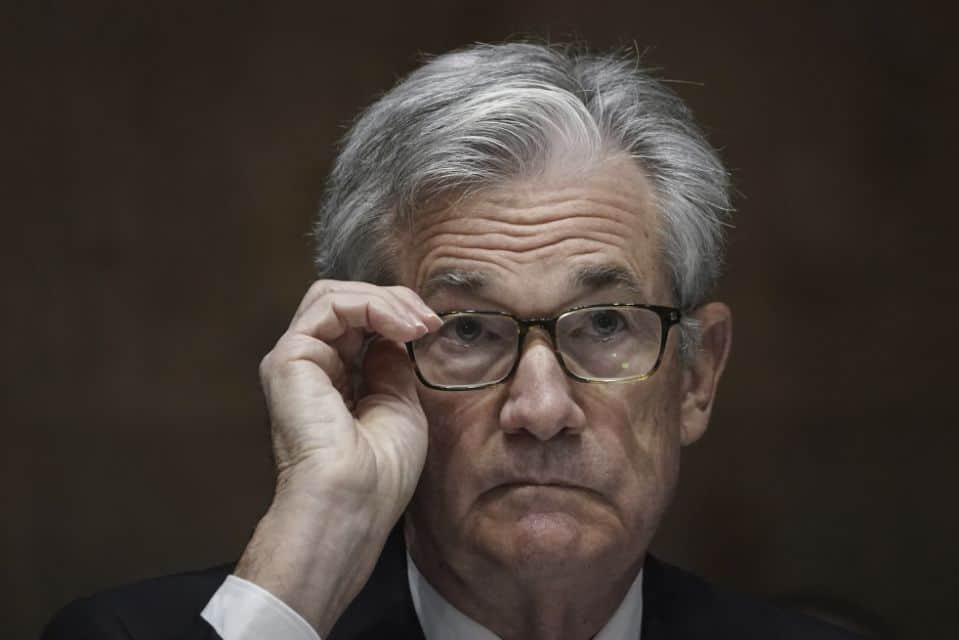The Federal Reserve on Thursday said the U.S. economy and employment improved since September, but held interest rates at near-zero as the economy continues to face “considerable risks” ahead.
“Economic activity and employment have continued to recover but remain well below their levels at the beginning of the year,” the statement said.
Little changed in the policy statement released by the Federal Open Market Committee (FOMC), which noted that financial conditions “remain accommodative” with lower oil prices from months earlier continuing to hold down consumer price inflation.
In a repeat of language used in previous meetings, the Fed said it “would be prepared to adjust the stance of monetary policy as appropriate if risks emerge that could impede the attainment of the Committee’s goals.”
With economic uncertainty coming from the presidential election, the Fed’s decision to keep the federal funds rate in its 0% to 0.25% target range is in line with expectations for the central bank to keep a low profile in Thursday’s announcement.
The policy decision was unanimous. Minneapolis Fed President and FOMC voter Neel Kashkari missed the meeting due to the birth of his son on Tuesday, and was replaced by San Francisco Fed President Mary Daly.
The central bank’s summary of economic projections in September signaled that no rate hikes were likely at least through 2023.
As part of a new framework adopted in August, the Fed reiterated its commitment to keep borrowing costs cheap until it reaches “maximum employment” along with inflation rising to its 2 percent target (and on track to “moderately” exceed that target).
By tolerating above-target inflation, the Fed could be more patient in launching rate hikes than it was in late 2015 and early 2016, the last time it kicked off a cycle of raising benchmark interest rates.
Until then, the Fed’s statement again said it could continue to leverage its $7 trillion balance sheet to “help foster accommodative financial conditions.”
The central bank’s asset purchases will be a major focal point heading into the Fed’s final policy-setting meeting of 2020, on December 15 and 16. With rising COVID-19 cases at home and abroad and the prospects of fiscal stimulus hanging on the election, the Fed may signal that it is ready to expand or modify its quantitative easing program if needed.
Fed officials in recent weeks hinted at the idea of either increasing the aggregate pace of purchases (currently at about $120 billion per month) or targeting longer-dated securities to lower longer-term interest rates.
Fed Chairman Jay Powell could tease those policy responses in his press conference at 2:30 p.m. ET.

